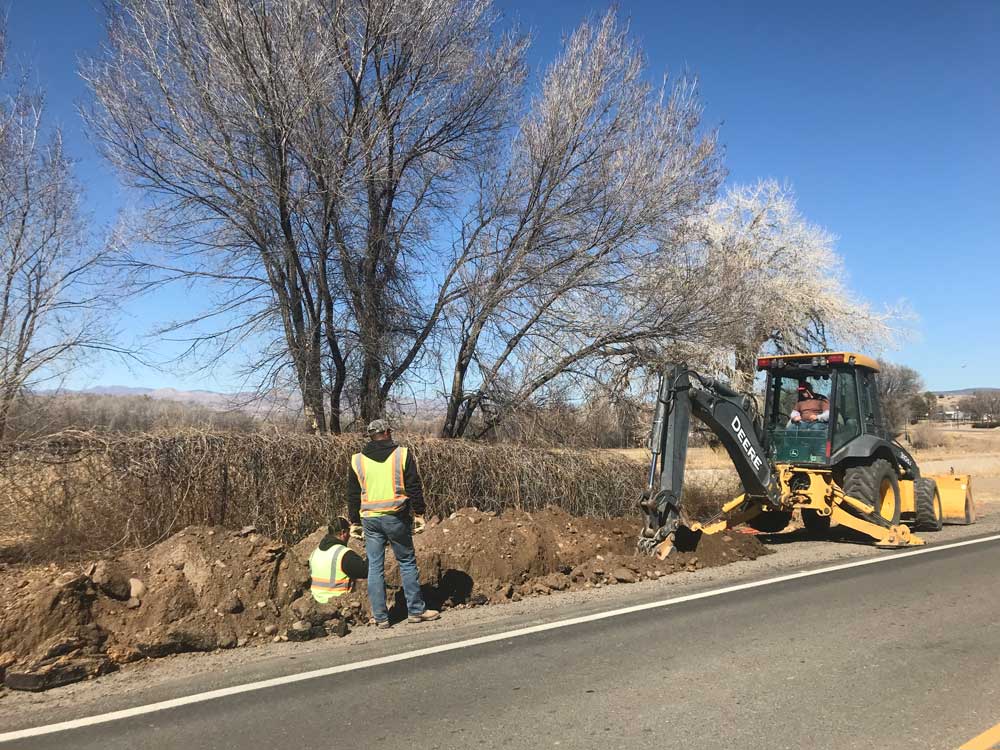Issues: Rural Communities

BACKGROUND
Many rural communities face unique challenges in addressing access to education, jobs and technology and those issues are often connected in discussions about the economic health of rural America. For decades, the population of rural areas has been aging more rapidly than urban areas.
According to the U.S. Department of Agriculture, unemployment and poverty rates declined in rural states up until 2017, but improvements were not equally distributed across racial groups.
Broadband access is one of the most significant hurdles for schools, local governments, health care providers and employers in rural areas. The high cost of laying new broadband fiber means many private companies have declined to serve rural residents. Any access people have to the internet can be expensive and unreliable.
Access to fresh food and health care are also key concerns for people living in rural areas, which includes many Native American tribes in the West.
WHAT ARE THE RESPONSES?
Congress has set aside more than a billion dollars in recent years for programs that aim to increase broadband services in underserved areas. Communities across the country are working together to find creative solutions to address broadband access and you can find many examples in the SJN Story Tracker.
Creating opportunities for young people to stay and thrive in school and work is a key part of rural economic mobility.
In 2018, Southerly looked to rural Africa for insights on how to eradicate diseases associated with poverty, like hookworms, in rural southern states.
WHAT TO LOOK FOR:
Rural communities are diverse. Look for opportunities to tell complex stories about economic mobility and how responses affect different groups. Also, existing infrastructure and strong community connections appear to be a source of positive change and reporters can examine how previous solutions are being used to pivot to new challenges like broadband access.